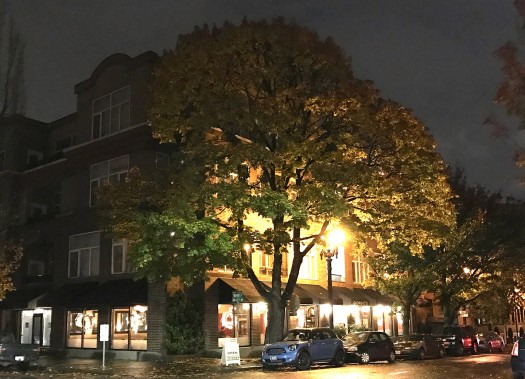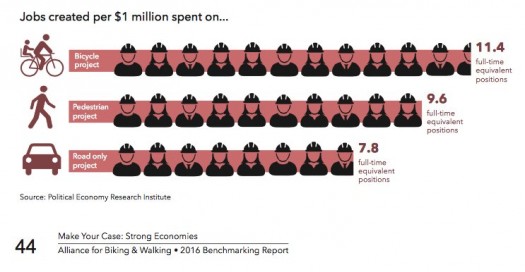Experience
Loneliness, Isolation, and Dementia: Walking down our odds of disconnection
In this week after the most contentious U.S. presidential election of my lifetime, millions of us are feeling lonely, regardless of which way we cast our vote. Loneliness is not the result of being alone, but rather the feeling of being disconnected. Now more than ever, all that connects us to common ground – and…
Read MoreThere Goes the Neighborhood: Oh no, not Burning Man!
Reprising: “Can’t we all just get along?” Answer: Probably not. And we should be thinking about why and how that informs what we do to help neighborhoods and cities adapt to change. Let’s pick an example unlikely to trigger the usual arguments over race, ethnicity and inequality, yet one that might be more helpful because…
Read MoreCreative Placemaking: Lead, Follow AND Get Out of the Way
It seems everywhere I turn lately I stumble my way into a conversation on creative placemaking — people looking at the activation of public space as a way to further their personal and collective passions and pursuits. It’s heartening. I’m a firm believer that our taking of emotional ownership over the spaces in between the…
Read MoreBenchmarks: Places on the move measure up
As spring tempts us to pick up the pace of our outdoor activities, it’s clear that not all places have equal footing. Those well-positioned to draw us out into health-boosting active transportation are enjoying all sorts of benefits. City planners across North America are trying hard to even the playing field. The 2016 Benchmarking Report…
Read MoreFortunately, Unfortunately: A children’s primer on urban evolution
Not so long ago I was reminded of a book my Mom used to read me as a child: “Fortunately,” by Remy Charlip (briefly renamed “What Good Luck! What Bad Luck!” for a few years as well). It tells the tale of a young boy invited to a party and the series of misfortunes he…
Read MorePorchfest: Your Guide to a DIY Community-Building Good Time
Five or so years ago, Better Cities and Towns publisher Rob Steuteville told me about Porchfest, a yearly community event taking root in his Ithaca, New York, neighborhood. The idea is simple: For one afternoon, porches throughout the community become makeshift stages, yards become venues, and people from within and beyond wander the streets, chatting,…
Read MoreHeart of the Arctic: Reflections
Being back in the south for a couple weeks has given me a chance to reflect on the Adventure Canada Heart of the Arctic expedition. The biggest imprints are three things: the inclusivity of the people, the vastness of the land, and the need to continue to do all we can to develop in compact…
Read MoreKangerlussuaq: Heart of the Arctic Day 13
Wednesday, July 29, 2015 After sailing up one of the longest fjords in the world, the delightfully scenic Söndre Strömfjord, we disembarked Ocean Endeavour for the last time, to explore the community of Kangerlussuaq. One group went off for a walk on the ice cap and the other on a nature hike, before we flew…
Read MoreItilleq: Heart of the Arctic Day 12
Tuesday, July 28, 2015 We crossed the Arctic Circle at 07:37 today! Early in the day, we landed at Itilleq, a tiny community of 97 people, set in a hollow between two hillsides. Itilleq means hollow. The tiny colorful wooden homes are a complete switch from Canada’s Arctic communities, here arranged as compactly as the…
Read MoreNuuk: Heart of the Arctic Day 10
Sunday, July 26, 2015 We docked in Nuuk, the capital of Greenland, around dawn. We had successfully crossed the Davis Strait, formed 65 million years ago by a rift, thanks to a massive movement in the earth’s crust. Our landform today was a peninsula, which is what the word “Nuuk” means, or some would say…
Read More


